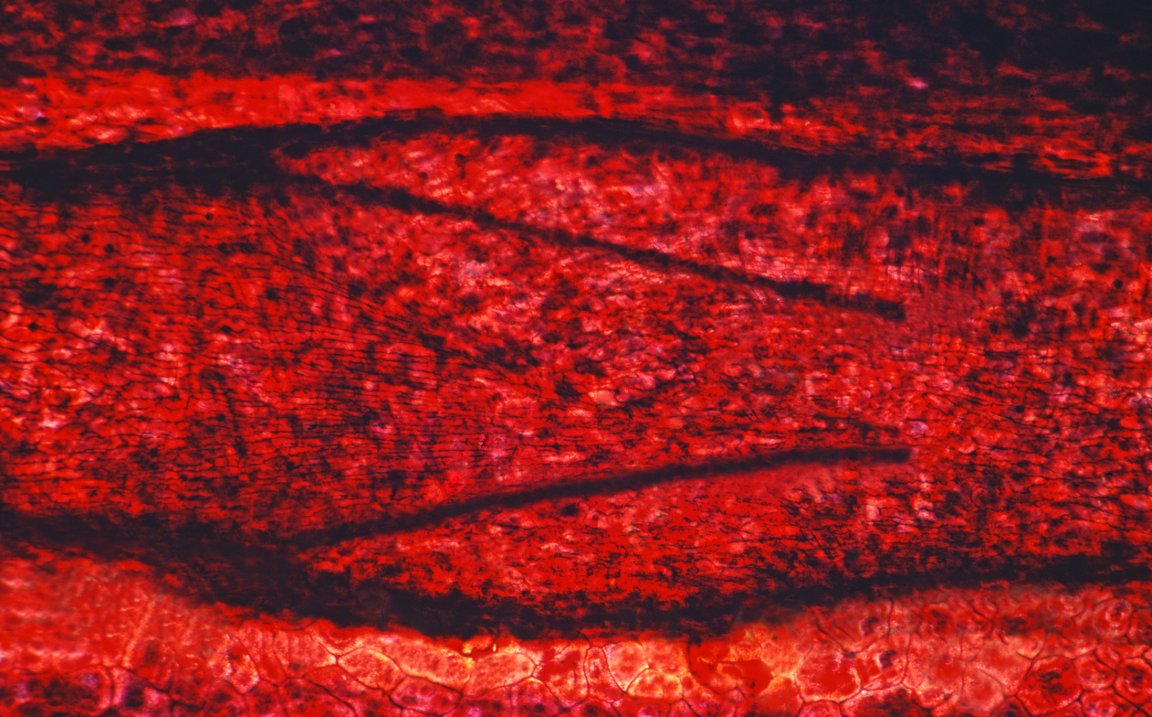
Blood Flow
A group of researchers at the Sanford Burnham Prebys Medical Discovery Institute have reached a new understanding about the mechanism used by the body to form the lumen of a blood vessel. The study has fueled hope that such a discovery could facilitate new treatments for conditions where the blood supply to a particular body part is restricted.
Angiogenesis is the process by which new blood vessels arise from existing vessels, somewhat akin to how trees grow, with branches stemming out from the trunk. The study found that the process of angiogenesis in the human body requires a particular protein kinase, referred to as Akt, to be activated by the protein R-Ras.

In theory, these observations could help researchers devise methods for regenerating blood vessels and restoring normal blood flow. By establishing how the body develops healthy new blood vessels, researchers could be one step closer to finding ways to induce production as needed.
“The findings are important because they shed new light on the biological process needed to increase blood flow in ischemic tissues,” said Masanobu Komatsu, a co-author of the study, in a press release.
Complementary Techniques
Current efforts to create new blood vessels to treat ischemia revolve around applying a technique called vascular endothelial growth factor (VEGF) to affected sites. However, there hasn’t been any evidence of the treatment’s benefit to patients over the course of 25 phase II and phase III clinical trials.
This study demonstrated that while VEGF does promote vascularization, the resulting blood vessels might not be functional. This is because they don’t have a lumen, the pipe-like opening that lets oxygenated blood and nutrients travel through the body.
Working by itself, VEGF cannot promote the development of a vessel structure bearing a lumen. However, Komatsu’s team has demonstrated that it can be used to activate Akt, which prompts endothelial cells to sprout. From there, R-Ras activates Akt to start the process of lumen formation, stabilizing the microtubule cytoskeleton in endothelial cells to assure the resulting architecture can support the lumen.
“We propose that VEGF and R-Ras activation of Akt signaling are complementary to each other,” said Komatsu. “Both are necessary to generate fully functional blood vessels to repair ischemic tissue.”
The next step is pursuing clinical studies to further investigate the combined signaling of Akt. The idea is to establish a method of prompting R-Ras activation via either gene therapy or via pharmacological means, alongside VEGF treatment.
In recent years, we’ve seen various advances in artificial blood vessels, from 3D printed solutions to tubes that can grow in sync with the body they’re inserted into. However, a greater understanding of how the body creates blood vessels for itself should help push organic solutions forward, offering treatments for a host of conditions that can’t be addressed as effectively by other means.